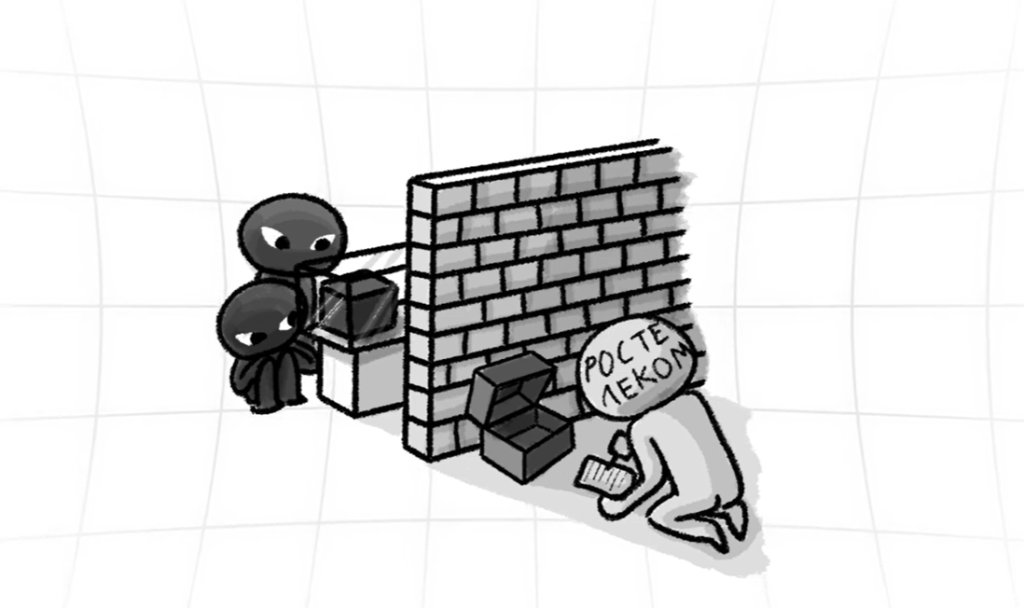Introduction
Hi everyone, my name is Pyotr Losev, and I’ve been working on the topic of electronic voting (REV) since its first use in 2019. You’re watching my in-depth review of REV. In the description, you’ll find timestamps for each topic—feel free to skip to the parts that interest you, but I recommend watching the entire video to follow the full storyline.
This video is for those who already have a basic understanding of what electronic voting is but don’t know how it works or whether it can be trusted. I’ll dig deeper, show the complexity of the issue, explain manipulation from all sides of the election process, and expose the architectural problems of REV.
Who am I?
Let me tell you a bit about myself so you understand where my information comes from and whether you can trust my analysis. I worked in IT consulting, building large systems, and in between, participated in election campaigns as a political manager. In 2012, I worked in Chertanovo during the Moscow City Duma elections, where REV was piloted. My candidate lost by less than 100 votes—due to electronic voting by government workers. Since there were no experts in the field, I had to figure it all out myself and even contributed to one of the first critical reviews of remote voting.
As REV began spreading across the country, it became nearly impossible for independent candidates to win any large-scale elections after 2021. No matter what happens at the polling stations, the electronic votes outweigh everything. Since then, I’ve continued researching REV as a hobby, participated as an observer in nearly every election, written a couple of articles, and even joined the technical working group at the Public Chamber of the Russian Federation, where I lobby for expanding observer rights. Making the vote honest is no longer possible, but I’ve managed to push through a few useful reforms.
The Nature of REV
The entire REV system is riddled with manipulation—from both the authorities and their critics. It’s crucial not to get distracted by minor details and stay focused on the core issues. I’ll highlight and explain these manipulations clearly, with examples.
General Structure of REV
Electronic voting isn’t just a program that counts votes. REV is a conglomerate of government systems, which can be roughly divided into three parts:
- Voter Registry Programs – like GAS Vybory, which determine who can vote, how, and where.
- Authentication Systems – like Gosuslugi (federal) or mos.ru (Moscow), to verify voter identity.
- The Voting System Itself – the system that encrypts, stores, and counts the votes.
To call REV fair, we must trust all three components. But manipulation can happen at every stage—from fake voters in the registry to mass voting scripts in the authentication systems. We are allowed to observe only a portion of the final vote count. The rest is hidden and uncontrolled.
How REV Works Conceptually
When you vote, your ballot is encrypted and stored. After voting ends, it’s decrypted and counted. To make this process more digestible, I’ll use analogies throughout the video (e.g., encryption as locking something with a padlock).
Nominal Key Separation
There’s a cryptographic concept called Secret Sharing, where information is split into parts among people who don’t trust each other. In REV, this is only simulated—keys are given to people from the same vertical of power, or sometimes just stored in one place under surveillance. This defeats the entire purpose of key separation.
Is REV Based on Blockchain?
REV uses blockchain-like databases but not true decentralized blockchain systems. The term is used for PR. There’s no consensus mechanism, and everything is controlled centrally.
Moscow vs. Federal REV
There are two REV systems: one in Moscow and one federal. They have different stakeholders, different approaches, and even different technical designs. Moscow’s system is infamous for promising transparency, but in practice, it fails frequently and withholds open code. The federal system is more stable but equally closed off.
Observer Access and Technical Barriers
Observation is limited. There are two ways: through a web portal or by accessing a node, which is complex and available only in the federal system. The data provided is minimal, and independent analysis is nearly impossible without extensive technical expertise.
Falsification Hypotheses
There are three main levels where manipulation may occur:
- Voter Lists – inserting fake voters (rare due to many checkpoints).
- Authentication – mass access to real accounts and automatic voting.
- Vote Counting System – architectural vulnerabilities and possible real-time vote monitoring.
In 2020, there was a case where 25,000 unauthorized accounts were found voting through mos.ru using pensioner phone numbers. More recently, we found that 211,000 voter records were missing from the blockchain, leading to voter turnout over 100% in some regions.
What Can Be Done?
- Don’t lie – Call out real problems with solid facts.
- Vote – The more real votes inside, the harder it is to manipulate the outcome.
- Understand how you’re being manipulated – Read analysts, learn how the systems work.
Conclusion
I hope I’ve shown you the complexities and manipulations behind REV. If you found this research interesting, please support it with your engagement and ask questions in the comments. I keep working on this topic out of habit, and because each election brings new people who care. I hope that continues. Thanks for watching.


